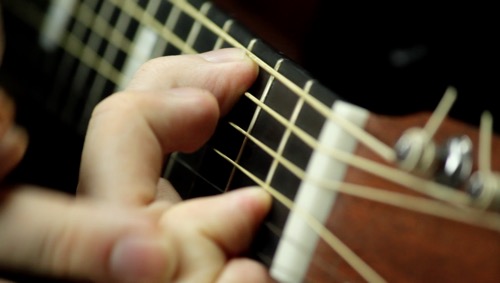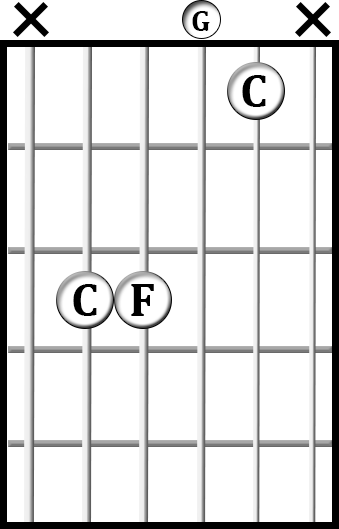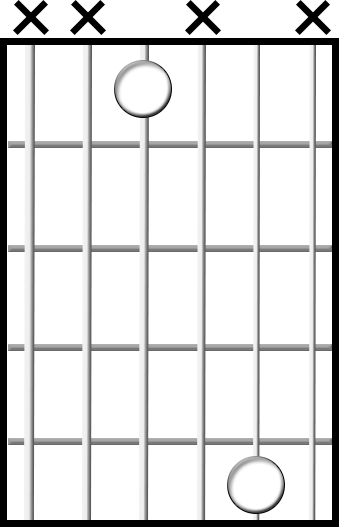Fret Hand Muting

Hi, this is Hub Guitar.
Let's take a look at the left-hand muting technique.�
Muting is often used in combination with strumming to make sure that strings that are not intended to play are damped and therefore unable to ring.�
For instance, if we want to play this Csus4 chord, we can't let either the high or low E ring. So we have to use our fretting hand to prevent that. I'm going to show you how to do that.
Even if we are using our fingers to play the chord instead of a pick, it's good to have an insurance policy that will prevent unwanted notes from ringing.
Similarly, if we want to play something like octaves, where we're targeting two strings and not the rest of the strings, we can deaden the unwanted strings with the fretting hand.
We can also use the left-hand mute to control the duration of the notes that we play. If we want to cut a note short--or, more often, an entire chord--then we can use the left hand to stop the whole thing from ringing.
So that's it. It's a subtle technique, but big impact on your control of the guitar's output.
What is Fretting-Hand Muting?
Fretting hand muting is a critical guitar playing technique. Though accomplished guitar players eventually acquire this technique, there is seldom a deliberate attempt to learn it. Many beginning players accidentally mute their strings with the fret hand, and get frustrated with the results. This technique is about intentionally muting strings to control the notes.
Let’s look at some scenarios where it may be useful.
Case 1 – Prevent Unwanted Notes
Csus4

Used to prevent unwanted notes while strumming a chord. Look the Csus4 (left). Notice that the chord calls for the tone “F” on the third fret of the fifth string, and calls for the E strings to be silent. One way to accomplish this is to play the inner-four strings with fingers or pick. A better way is to gently rest a fret-hand finger on the E strings. Now the chord can be strummed aggressively with no unwanted tones.
Case 2 – Isolate notes
Octave

Used to isolate the notes in intervals. This fingering for the octave (right) is sometimes used to make melodies sound more thick and interesting. Playing this octave cleanly requires all other strings to be muted, or the result will be sloppy.
Case 3 – Silence notes
Used to quickly silence a strummed chord. This effect, known as staccato, will make your chords sound punchy—almost like a horn section of a live band.
There are other scenarios where this comes in handy. Unless it is intended to ring, a string should be kept silent. We can divide muting into two groups: the first is active muting, where a note is played and then the fret hand releases the pressure to mute the note. The second is passive muting, where a string is completely prevented from vibrating.
Fret-Hand Muting Exercises
These exercises will help you develop your fret-hand muting.
Exercise 1: Strumming Octaves
(Passive muting)
Using the octave pattern, strum the melody percussively. You can try this with any scale.

Exercise 2: Strum Chords that Require Muting
(Passive muting)
These three-note chords can be used in place of the I, IV and V of a Blues in A.

Exercise 3: Pops
(Active muting)
Play the chords in the above example, and cut them off extremely quickly—as soon as you hear them, release the pressure of the fret hand enough to cut short the duration of the notes. This is often combined with sixteenth note syncopation, where the shortening of chord lengths will have even more impact.
 As the creator of Hub Guitar, Grey has compiled hundreds of guitar lessons, written several books, and filmed hundreds of video lessons. He teaches private lessons in his Boston studio, as well as via video chat through TakeLessons.
As the creator of Hub Guitar, Grey has compiled hundreds of guitar lessons, written several books, and filmed hundreds of video lessons. He teaches private lessons in his Boston studio, as well as via video chat through TakeLessons.